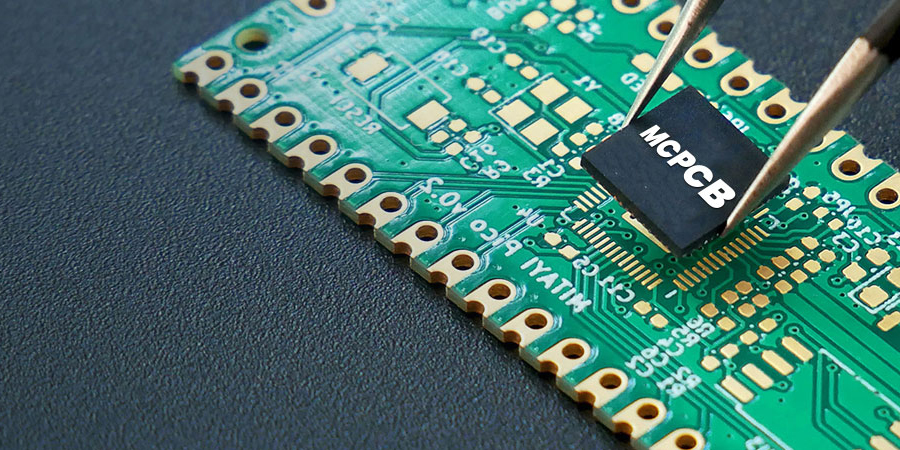Time:2022-09-15 Visit:
1. High heat generating device with heat sink and heat conducting plate
When there are a few components on the PCB that generate a lot of heat (less than 3), a heat sink or heat pipe can be added to the device. When the temperature cannot be lowered, a radiator with a fan can be used to enhance the cooling effect. When the number of parts is large (3 or more), a large heat dissipation cover (plate) can be used, which is a special heat sink or a large flat heat sink customized according to the position and height of the heating device on the PCB. The upper and lower parts of the different components are placed. The heat shield is integrally fixed on the surface of the element, and is in contact with each element to dissipate heat. However, due to the poor consistency of components during welding, the heat dissipation effect is not good.

2. Cooling through the PCB itself
At present, the widely used circuit boards are copper clad/epoxy glass cloth substrates or phenolic resin glass cloth substrates, and a small amount of paper-based copper clad laminates are used. While these substrates have excellent electrical properties and processability, they suffer from poor heat dissipation. As a heat dissipation path for a high heat generating element, it is hardly desirable to conduct heat from the resin of the circuit board itself, but to dissipate heat from the surface of the element to the surrounding air. However, as electronic products enter the era of miniaturization, high-density mounting, and high-heat assembly, it is not enough to dissipate heat from the surface of components with a small surface area. At the same time, due to the large number of surface mount components such as QFP and BGA, a large amount of heat generated by the components is transferred to the PCB. Therefore, the best way to solve the heat dissipation problem is to improve the heat dissipation capacity of the PCB itself and the heating element in direct contact. conducted or emitted.